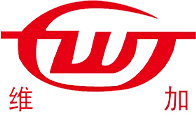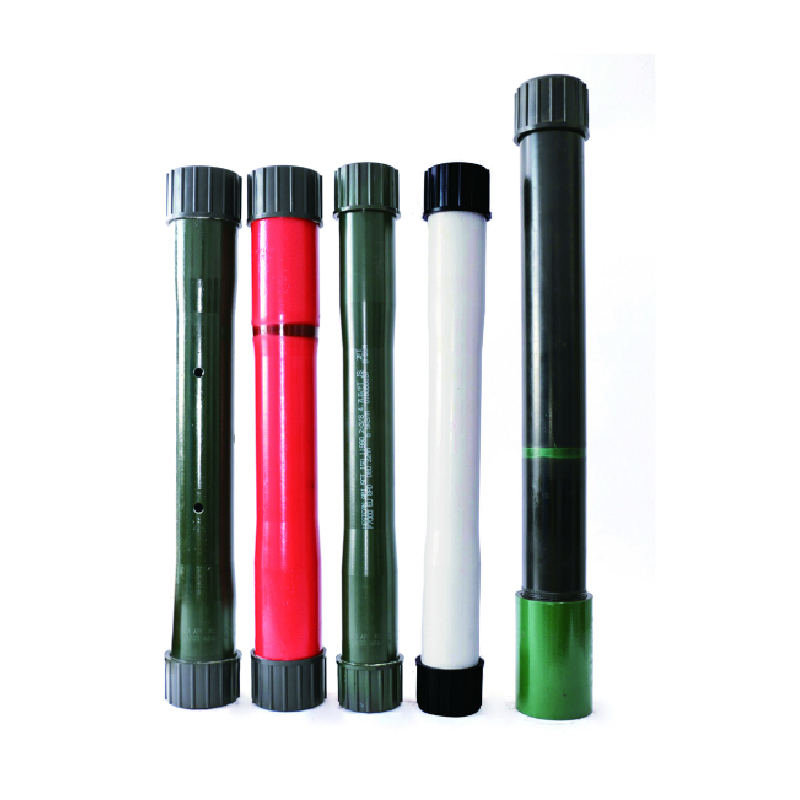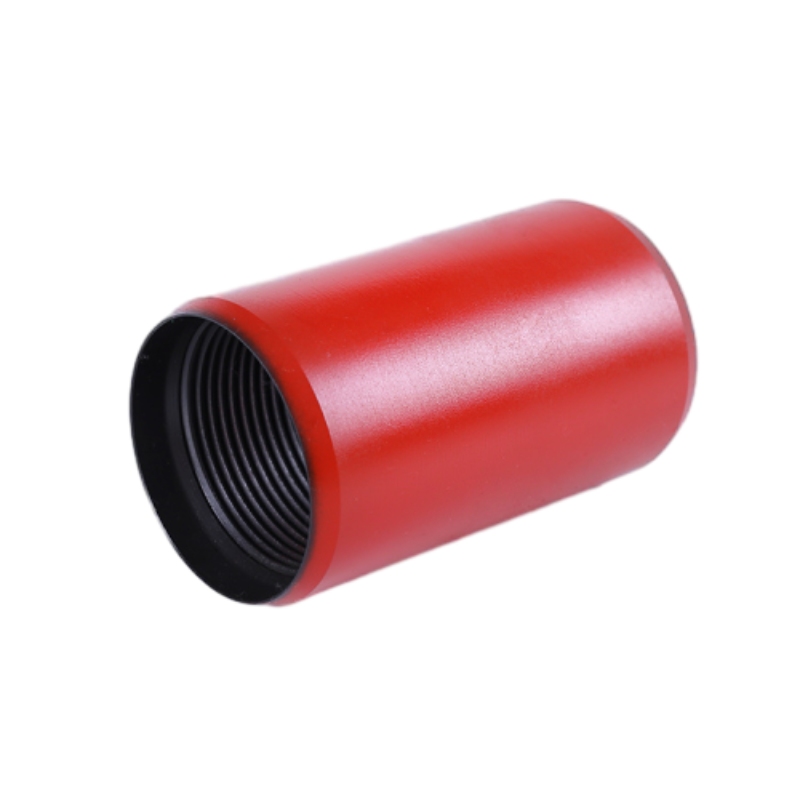Top Pup Joint Manufacturers | API-Certified, Custom Lengths
Inside the tubing pup joint market: specs, sourcing tips, and what field crews actually say
If you’re sorting through pup joint manufacturers, you already know the stakes. One mis-threaded joint or a soft heat lot can stall a workover and burn a rig day, fast. I’ve toured a few shops over the years; the best ones blend boring repeatability (the good kind) with obsessive traceability. This piece looks at the Tubing Pup Joint from Hengshui Weijia Petroleum Equipment Manufacturing Co., Ltd., and, more broadly, how buyers are sizing up options right now.
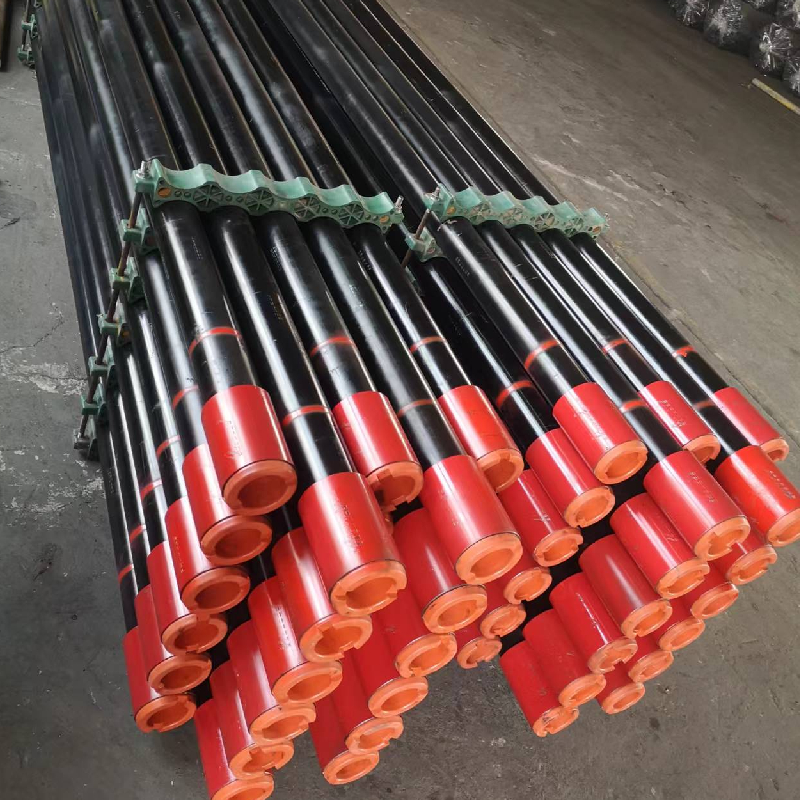
What it is and why it matters
Tubing pup joints are short-length tubing sections that fine-tune string length, spacing out downhole equipment and making completions workable. Sounds simple, but in sour or high-cycle environments they’re not throwaway parts. The Weijia unit—simply “Tubing Pup Joint”—is aimed at production tubing strings onshore and offshore. I like that they talk openly about grades and testing instead of just tossing buzzwords around.
Process flow (shop-floor version)
Materials start as seamless tubes (common grades: J55/N80/L80/P110; sometimes 4130/4140). They’re heat-treated (Q&T), normalized when needed, then threaded to API 5B tolerances—EUE/NUE or premium on request. After phosphating and thread dope, protectors go on. Tests: hydrostatic to spec, drift, hardness mapping, UT/EMI, plus MPI on critical areas. Sour service? Expect NACE MR0175/ISO 15156 compliance, with hardness checks to stay below HRC limits. Service life varies, but many customers say properly heat-treated L80 or P110 pups outlast the main tubing in benign wells.
Product specifications (typical)
| Parameter | Spec (≈ / around) | Notes (real-world use may vary) |
|---|---|---|
| OD range | 1.9"–4.5" | Other sizes on request |
| Grades | J55, N80, L80, P110 | Sour-compliant variants available |
| Connections | API EUE/NUE; premium by inquiry | Threading per API 5B |
| Lengths | 2, 3, 4, 6, 8, 10, 12 ft | Custom cut-to-length supported |
| Working pressure | ≈ up to tubing rating | Depends on grade and wall |
| Standards | API 5CT, API 5B, NACE MR0175 | Plus ISO 9001/API Q1 systems |
Where they get used (quick hits)
- Spacing out ESPs and packers; fine-tuning completion depth.
- Snubbing and workover strings, where rapid length adjustments matter.
- Plunger-lift wells and multi-zone tie-ins; test strings during well diagnostics.
Trend-wise, buyers want shorter lead times and better sour-service traceability. Some pup joint manufacturers now serialize every joint with heat, hardness, and thread-gage logs you can scan in the field—honestly, about time.
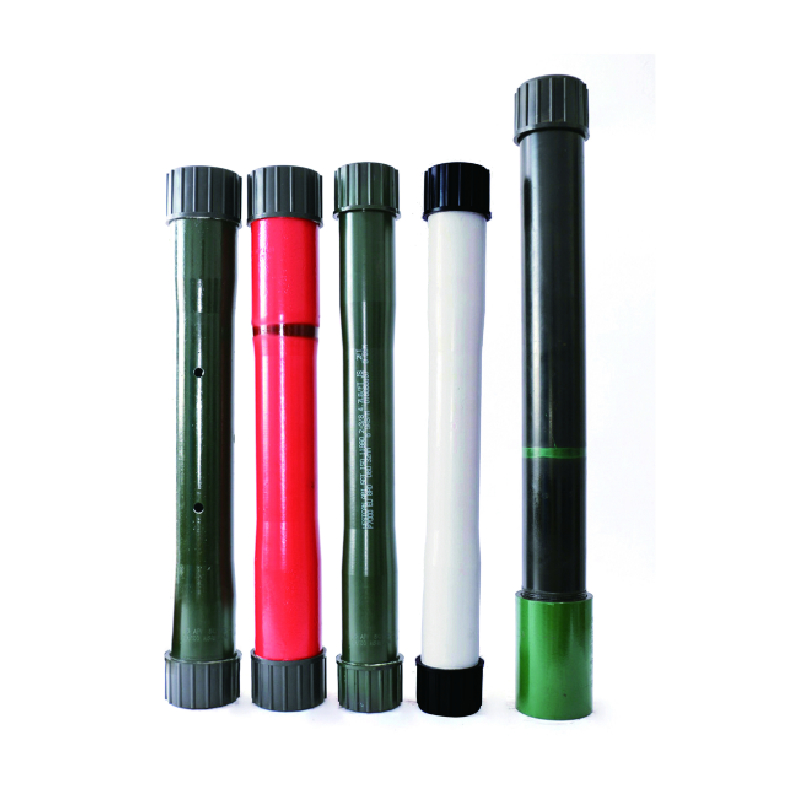
Vendor snapshot (indicative)
| Vendor | Certs | Range | MOQ | Lead time | Sour-ready | Notes |
|---|---|---|---|---|---|---|
| Weijia (Hengshui) | ISO 9001, API Q1 | 1.9"–4.5" | ≈ 20–50 pcs | 3–6 weeks | Yes (NACE) | Solid traceability, competitive pricing |
| Vendor A | ISO 9001 | 2-7" | ≈ 100 pcs | 6–10 weeks | Optional | Broader OD but slower |
| Vendor B | API Q1 | 1.66"–5.5" | ≈ 10 pcs | 2–4 weeks | Yes | Agile, sometimes pricier |
Field results and feedback
Case in point: a Middle East onshore operator swapped in L80 pups with improved phosphating; thread galling incidents dropped ≈40% over two campaigns. In a North Sea workover, sour-compliant N80 with tighter hardness control lasted a full season with zero connection re-cuts—surprising to the crew chief, who was ready with spares.
Customization checklist
- Custom lengths and crossovers (tubing-to-tubing and tubing-to-casing).
- Premium threads, cold rolling, and controlled phosphating for makeup consistency.
- Enhanced NACE documentation, hardness maps, and third-party inspection.
Bottom line: shortlist pup joint manufacturers that publish mill certs, hardness distributions, and hydrotest logs by serial. Ask for API 5CT conformance statements and NACE proofs, not just brochures. To be honest, it’s the paperwork that saves you when the well turns sour—literally.
Standards and references
- API Specification 5CT – Casing and Tubing. American Petroleum Institute.
- API Specification 5B – Threading, Gauging, and Thread Inspection of Casing, Tubing, and Line Pipe Threads.
- NACE MR0175/ISO 15156 – Petroleum and natural gas industries — Materials for use in H2S-containing environments.
- API Q1 and ISO 9001 – Quality management systems for manufacturing organizations.
-
Tubing Crossover - API Compatible, Custom Sizes, In StockNewsNov.10,2025
-
Tubing Coupling | High-Strength, Leak-Proof Steel CouplingsNewsNov.10,2025
-
Wholesale API Threading Casing Coupling | API 5CT, Fast ShipNewsNov.10,2025
-
Pup Joint Supplier | API Certified, Custom, Quick ShipNewsNov.10,2025
-
Pup Joint Manufacturers | Precision Machined, Fast DeliveryNewsNov.10,2025
-
Tubing Coupling | Precision Steel, Leak-Proof, Fast DeliveryNewsNov.03,2025
